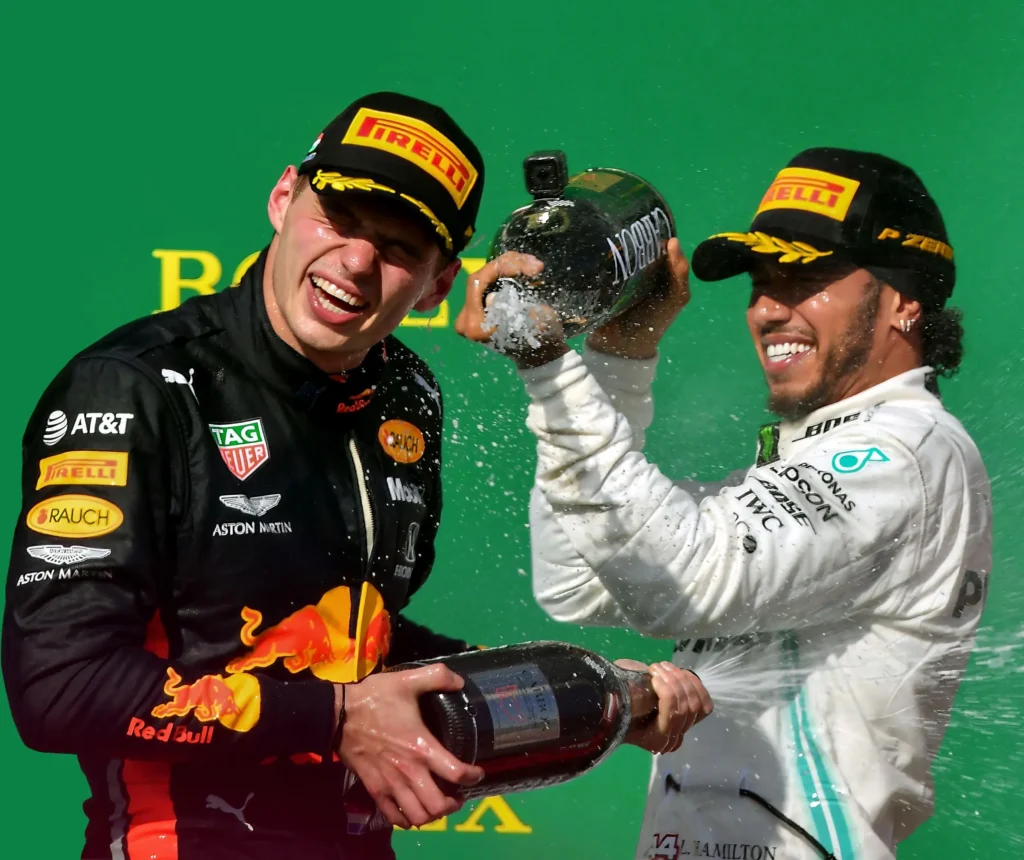Mar 10, 2024,06:30am EDT
Before Liberty Media acquired Formula 1 in 2017, the sport’s viewing experience often revolved around discussions among middle-aged men about tire degradation and obscure regulations, rather than displays of pure speed. Sean Bratches, appointed by Liberty as the series’ commercial head, conceived the idea to change this dynamic: Formula 1 would produce a 10-part reality series about itself, later named Drive to Survive, for Netflix.
Capturing Formula 1’s essence on film posed challenges, as the sport’s intricacies, such as strategic pit stops and technical meetings, are not immediately accessible to casual viewers. Yet, behind the corporate façade, F1 drivers and team principals revealed themselves as champions of trash talk and prima donnas. The series morphed into a dramatic spectacle akin to reality television rather than a traditional documentary.
“Sport is the original reality television,” Bratches remarked.
Certain personalities quickly emerged as stars, with figures like Christian Horner and Daniel Ricciardo captivating audiences. The shift in focus also transformed live race broadcasts, with more access, data, and heightened sound design enhancing the viewer experience. David Hill, an Australian with extensive experience in sports television, spearheaded these changes, advocating for more cameras, enhanced sound, and real-time race information.
Moreover, Hill revamped the show’s soundtrack, opting for cinematic compositions to evoke suspense and excitement. This overhaul revitalized Formula 1’s appeal, attracting new fans and bolstering television ratings significantly.
By 2017, Formula 1’s future as a TV product seemed bleak, prompting Liberty to distribute race rights to ESPN for free to gain traction in the U.S. market. However, the release of Drive to Survive propelled the sport’s popularity to new heights, coinciding with a surge in ESPN viewership. The validation from increased engagement emboldened Liberty’s aggressive expansion efforts, culminating in the inaugural Las Vegas Grand Prix in 2023.
F1 spared no effort to ensure that the world could fully appreciate its Las Vegas spectacle. A week before the event, Hill embarked on a flight from Los Angeles to plan the race for TV. He had already enlisted an American Idol producer to craft a Wednesday night opening ceremony featuring a dazzling mix of lasers, drones, and Kylie Minogue. His next challenge was to utilize the luminous glow of the Strip to create the most spectacular backdrop the sport had ever seen. However, the very features that made the Strip appealing for promoters posed challenges for TV producers. With grandstands and tall steel fences lining the roadway, any shot from onboard cameras risked looking far from a postcard from Sin City.
“It’s like racing in a cage,” he lamented.
No expense was spared to tackle this issue. Hill demanded more aerial shots from helicopters, taking daring swoops over the course. At any moment during the race, numerous choppers seemed to be navigating through the night sky over the racetrack. Even Hill, who had been in the business for over four decades and had to be persuaded out of retirement to be there, acknowledged the uniqueness of the situation.
However, one person wasn’t as thrilled about being there: Formula 1’s three-time world champion Max Verstappen. As he settled into his Red Bull RB19, clad in a white, Elvis-inspired jumpsuit, he didn’t feel like an F1 legend promoting the sport. Instead, he felt like a clown in the midst of a circus.
Verstappen should have been the face of F1’s Drive to Survive era. Ironically, he was among those in Formula 1 most conflicted about the sport’s transformation under Liberty. Throughout the Las Vegas event, Verstappen openly criticized F1’s new product. He disliked the track, the start time, and especially the circus-like atmosphere.
“Ninety-nine percent entertainment,” he remarked, “one percent racing.”
Verstappen echoed the sentiments of many fans who believed that their beloved sport had veered off course, becoming more about entertainment and corporate branding than motor racing. The rough edges they cherished—characters like Enzo Ferrari and Bernie Ecclestone, genuine rivalries between drivers, a disregard for rules, and a hint of danger—had been smoothed over. Change had arrived so swiftly that many stops on the schedule now felt interchangeable.
Six years into Liberty’s experiment, no one could definitively explain the formula behind Formula 1’s success story. Was it the result of a meticulously crafted strategic roadmap or merely a stroke of luck, as Mercedes team principal Toto Wolff suggested? These were questions that no one in Vegas had time to ponder, not while the engines roared under the neon lights.

